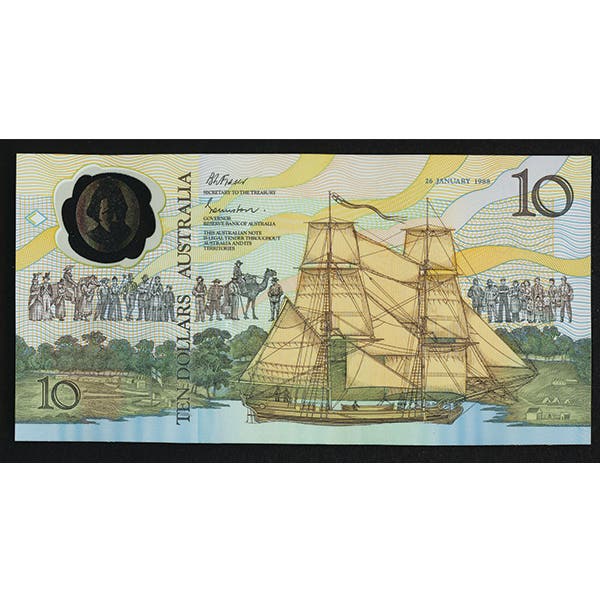1879 Shield nickel set low mintage trend
The 1879 is the first of the extremely low-mintage Shield nickels. Since it was followed by even lower-mintage dates, it sometimes does not get the attention it deserves. It was…
The 1879 is the first of the extremely low-mintage Shield nickels. Since it was followed by even lower-mintage dates, it sometimes does not get the attention it deserves. It was a trendsetter, and that trend made the Shield nickel set a much tougher set to complete.
The best mintage estimate for the 1879 Shield nickel put business strike production at 25,900 pieces. To this can be added about 3,200 proofs, for a total striking of 29,100.
Precisely what was going on at the time to produce such mintages is an interesting question without a certain answer. We do know that there was apparently something of a buildup in terms of the inventory of nickels waiting for release, but it seems likely there was more to the story.
This was a time when the Mint was probably looking for ways to cut back on the production of some denominations due to pressure created by the Bland-Allison Act of the prior year. All the mint locations were going to be very busy producing Morgan dollars to use up the silver purchased under the terms of this Act.
The logical question is, why even bother to mint just 25,900 nickels, especially if you don’t really need nickels? Moreover, there was an ever lower business-strike mintage the following year, followed by another low business strike total in 1881. Perhaps officials were trying to avoid the appearance of producing proof-only rarities, which was precisely what they were doing at the very same time with the proof-only Trade dollars.
Suffice it to say that the 1879 Shield nickel was going to be a very tough date, especially in circulated grades. Today, it is priced at $390 in G4 condition, and it is very tough to find at that price. Very few collectors at the time would have tried to assemble sets from circulation.
Contemporary collectors were not much help when it comes to finding Mint State examples, either. To obtain a new nickel each year, they would simply buy a proof. That might seem odd today, but it was how things were done at the time.
This practice made sense because the nickel was only produced at Philadelphia. That meant you completed your nickel needs for the year with a single proof. This also explains why the proof mintage was actually fairly high. Collector demand not only caused large numbers of proofs to be made but also meant those proofs survived, as they went to collectors and had better care than regular business strikes.
This results in a very interesting price structure today. An MS60 1879 Shield nickel lists for $1,725 and an MS65 example for $2,800, while a PF65 is just $625. It may seem crazy, but this is actually a good reflection of the situation that exists with the 1879, 1880, and 1881 (although in the case of the latter there are some Mint State coins thanks to a hoard).
A hoard of 1879 examples, however, has never turned up. Numismatic Guaranty Corporation has graded a total of 94 examples, with 41 being MS65 or better. In proof condition, however, there have been 513 examples graded PF63 and better, with about 24 more in lower grades.
The situation is not unique to NGC. The Professional Coin Grading Service has seen 113 examples of the 1879 in Mint State, with 60 being MS65 or better. In proof, the total is 316 just in PF65 and better, with about 205 more in lower grades.
The numbers don’t lie. In fact, they paint a rather clear picture of the fact that a PF65 1879 Shield nickel is much less expensive than an MS65 example. This makes it possible for anyone on a budget to still acquire an extremely nice coin with a very low mintage.
That kind of opportunity does not come along every day. Even if you do not collect Shield nickels, you have to be impressed. Deals like that are not often found in the rare coin market.
This article was originally printed in Numismatic News. >> Subscribe today.
If you like what you've read here, we invite you to visit our online bookstore to learn more about 2019 North American Coins & Prices.









